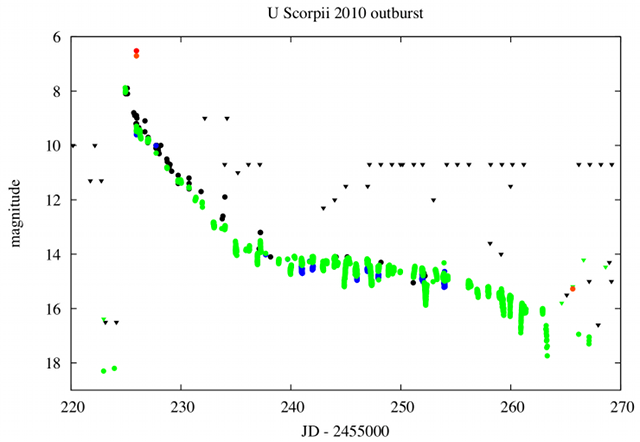Alert Notice 137: Last list for monitoring of ROSAT targets
THE AMERICAN ASSOCIATION OF VARIABLE STAR OBSERVERS
25 Birch Street, Cambridge, MA 02138 USA
BITNET: aavso@cfa8 SPAN: nssdca::cfa8::aavso
Tel. 617-354-0484 FAX 617-354-0665
AAVSO ALERT NOTICE 137 (January 14,1991)
LAST LIST FOR MONITORING OF ROSAT TARGETS


